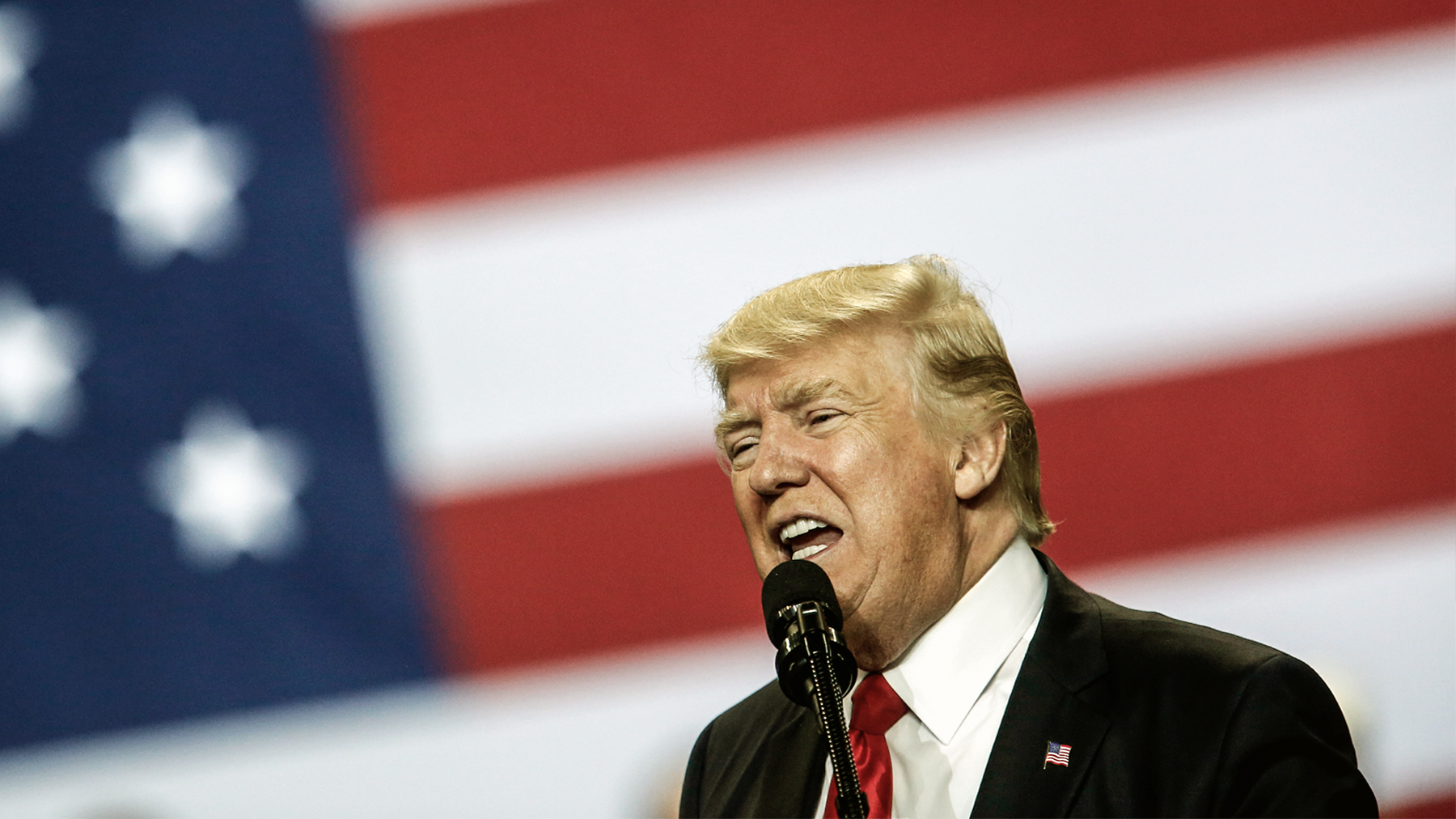Donald Trump was sworn in as president of the United States one year ago today.
His inauguration came after a racist, xenophobic campaign replete with verbal attacks on Latinos, Muslims, African Americans, people with disabilities and others — a campaign that energized and emboldened white supremacists.
It wasn’t just talk. As we document in our new report, America the Trumped:
Trump has, in fact, spent its first year promoting the alt-right’s policy agenda by systematically dismantling hard-won civil rights protections and reversing numerous initiatives of President Barack Obama – all while continuing to use his megaphone to sow racial and ethnic divisions.
Here are 10 ways that President Trump, Attorney General Jeff Sessions and other administration officials are attacking civil rights:
Promoting a white nationalist agenda
“You had some very bad people in that group. You also had some very fine people on both sides.” — Trump on the deadly white nationalist rally in Charlottesville, Aug. 15, 2017
Slashing civil rights enforcement
“What do you have to lose?” — Trump to black and Hispanic voters at an Akron, Ohio, campaign rally, Aug. 22, 2016
Revving up the deportation machine
“The predators and criminal aliens who poison our communities with drugs and prey on innocent young people … they’ll take a young, beautiful girl, 16, 15, and others and they slice them and dice them with a knife because they want them to go through excruciating pain before they die. And these are the animals that we’ve been protecting for so long.” — President Trump at a Youngstown, Ohio, rally, July 26, 2017
Banning Muslims
“Donald J. Trump is calling for a total and complete shutdown of Muslims entering the United States until our country’s representatives can figure out what the hell is going on.” — Donald Trump at a Mount Pleasant, S.C., campaign rally, Dec. 7, 2015
Attacking voting rights
“I will be asking for a major investigation into VOTER FRAUD, including those registered to vote in two states, those who are illegal and even, those registered to vote who are dead (and many for a long time). Depending on results, we will strengthen up voting procedures!” — President Trump in Jan. 25, 2017, tweets
Shredding LGBT protections
“Our military must be focused on decisive and overwhelming victory and cannot be burdened with the tremendous medical costs and disruption that transgender in the military would entail.” — President Trump in July 26, 2017, tweets
Encouraging police abuses
“Like when you guys put somebody in the car and you’re protecting their head, you know, the way you put their hand over? Like, don’t hit their head and they’ve just killed somebody — don’t hit their head. I said, you can take the hand away, O.K.?” — President Trump in Brentwood, N.Y., July 28, 2017
Reviving debtors’ prisons
“I don’t like poverty. Usually, there’s a reason for poverty. Do you want someone who gets to be president and that’s literally the highest paying job he’s ever had?” — Donald Trump in a New York Times op-ed, Nov. 28, 1999
Undermining public education
“I love the poorly educated.” — Donald Trump in Las Vegas, Feb. 23, 2016
Eroding the rights of students with disabilities
“I think that is a matter that is best left to the states.” — Education Secretary Betsy DeVos on federal regulations protecting students with disabilities from discrimination, Jan. 17, 2017
The Editors
P.S. Here are some other pieces we think are valuable this week:
- We need to honor MLK’s real legacy, not the one that makes white Americans comfortable by Jenn M. Jackson for Teen Vogue
- The resurgent threat of white-supremacist violence by Jonathan Greenblatt for The Atlantic
- Meet the fearless cook who secretly fed — and funded — the civil rights movement by Maria Godoy for NPR
- Calling out racists is actually good for your health, according to science. Here’s how to do it by Allison Klein for The Washington Post



